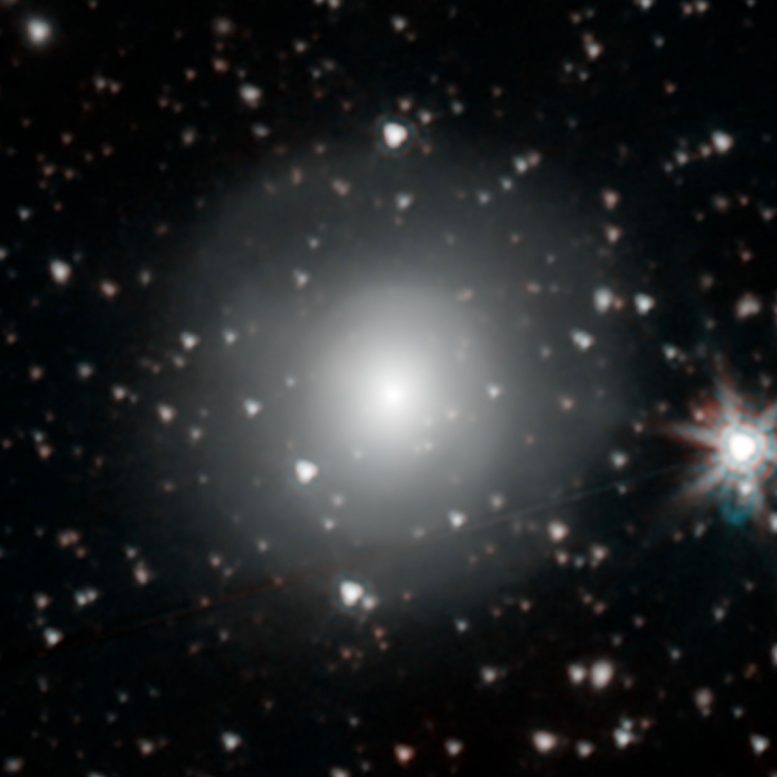
The afterglow of the explosive merger of two neutron stars in the galaxy NGC 4993. Credit: NASA/JPL-Caltech
Launched nearly 15 years ago on August 25, 2003, the Spitzer Space Telescope is the final mission in NASA’s Great Observatories Program — a family of four space-based observatories, each observing the universe in a different kind of light. The other missions in the program include the visible-light Hubble Space Telescope, Compton Gamma-Ray Observatory, and the Chandra X-Ray Observatory.
Over the years, Spitzer, which makes observations in the infrared spectrum, has made a plethora of discoveries, including this detection of the faint afterglow of the explosive merger of two neutron stars in the galaxy NGC 4993 on September 29, 2017. The event, labeled GW170817, was initially detected nearly simultaneously in gravitational waves and gamma rays, but subsequent observations by many dozens of telescopes have monitored its afterglow across the entire spectrum of light. Spitzer’s observation came late in the game, just over six weeks after the event was first seen, but this played an important role in helping astronomers understand how many of the heaviest elements in the periodic table are created in explosive neutron star mergers.
The telescope was named after Lyman Spitzer, Jr. (1914-1997), one of the 20th century’s great astrophysicists, who made major contributions in the areas of stellar dynamics, plasma physics, thermonuclear fusion, and space astronomy. He was also the first person to propose the idea of placing a large telescope in space and was instrumental in the development of the Hubble Space Telescope.

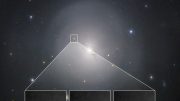
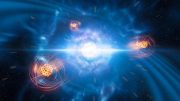
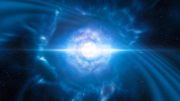
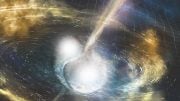
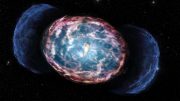
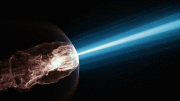
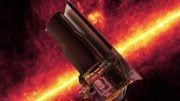
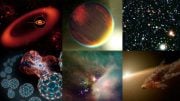
Be the first to comment on "Spitzer Space Telescope Views the Explosive Merger of Two Neutron Stars"